
Code
HCS12913
Weight
50 gm / 0.11 lbs
Size
Height
18cm (7") Width
18cm (7") Material
Wooden
Availability
Available
Date Added
2017-04-26 09:19:16
Note : We used to sell this product 8 years ago so it may no longer be in our stock.
It is possible that we still have it with our suppliers but the price could be different from before.
Feel free to order. We will verify availability and inform you promptly.
It is possible that we still have it with our suppliers but the price could be different from before.
Feel free to order. We will verify availability and inform you promptly.

Safe Payment
We accept Paypal, Money Transfer, Bank Transfer
Confidence
Protection covers your purchase and personal data.
Worldwide Delivery
We ship Worldwide, except Russia.Shipping cost US$25.2 for upto 0.5 kgs

Hotline
Talk to help line for your question on 9841267335Om - Hindu : About OM
It is the most sacred syllable symbol and mantra of Brahman, the Almighty God in Hinduism. Brahman is the Supreme Self, Ultimate Reality, and Creator of all Existence. The syllable is often chanted either independently or before a mantra; it signifies the essence of the ultimate reality, consciousness, or Atma. The Om sound is the primordial sound and is called the Shabda-Brahman (Brahman as sound). In Hinduism, Om is one of the most important spiritual sounds. It refers to Atman (soul, self within) and Brahman (ultimate reality, entirety of the universe, truth, divine, supreme spirit, cosmic principles, knowledge). The syllable is often found at the beginning and the end of chapters in the Vedas, the Upanishads, and other Hindu texts. It is a sacred spiritual incantation made before and during the recitation of spiritual texts, during puja and private prayers, in ceremonies of rites of passage (sanskara) such as weddings, and sometimes during meditative and spiritual activities such as Yoga. Om came to be used as a standard utterance at the beginning of mantras, chants, or citations taken from the Vedas. For example, the Gayatri mantra, which consists of a verse from the Rigveda Samhita (RV 3.62.10), is prefixed not just by Om but by Om followed by the formula bh?r bhuva? sva?. Such recitations continue to be in use in Hinduism, with many major incantations and ceremonial functions beginning and ending with Om. Maheshwarananda (2002) suggests that the Om reflects the cosmological beliefs in Hinduism, as the primordial sound associated with the creation of the universe from nothing. Read More . . .
It is the most sacred syllable symbol and mantra of Brahman, the Almighty God in Hinduism. Brahman is the Supreme Self, Ultimate Reality, and Creator of all Existence. The syllable is often chanted either independently or before a mantra; it signifies the essence of the ultimate reality, consciousness, or Atma. The Om sound is the primordial sound and is called the Shabda-Brahman (Brahman as sound). In Hinduism, Om is one of the most important spiritual sounds. It refers to Atman (soul, self within) and Brahman (ultimate reality, entirety of the universe, truth, divine, supreme spirit, cosmic principles, knowledge). The syllable is often found at the beginning and the end of chapters in the Vedas, the Upanishads, and other Hindu texts. It is a sacred spiritual incantation made before and during the recitation of spiritual texts, during puja and private prayers, in ceremonies of rites of passage (sanskara) such as weddings, and sometimes during meditative and spiritual activities such as Yoga. Om came to be used as a standard utterance at the beginning of mantras, chants, or citations taken from the Vedas. For example, the Gayatri mantra, which consists of a verse from the Rigveda Samhita (RV 3.62.10), is prefixed not just by Om but by Om followed by the formula bh?r bhuva? sva?. Such recitations continue to be in use in Hinduism, with many major incantations and ceremonial functions beginning and ending with Om. Maheshwarananda (2002) suggests that the Om reflects the cosmological beliefs in Hinduism, as the primordial sound associated with the creation of the universe from nothing. Read More . . .
About Wall Hanging :
Wall hangings with Buddhist motifs are a beautiful and meaningful way to add a touch of spirituality and cultural richness to your home or office decor. These wall hangings come in a variety of materials, including wood and metal, and feature intricate designs that are inspired by Buddhist art and symbolism.
Wooden wall hangings are typically made from high-quality, sustainably sourced wood, such as teak or mahogany. These hangings are often carved with intricate designs and feature images of Buddha, bodhisattvas, or other important figures in the Buddhist tradition. They can be hung on the wall using a hook or string and add a touch of natural warmth and texture to any space.
Wooden wall hangings are typically made from high-quality, sustainably sourced wood, such as teak or mahogany. These hangings are often carved with intricate designs and feature images of Buddha, bodhisattvas, or other important figures in the Buddhist tradition. They can be hung on the wall using a hook or string and add a touch of natural warmth and texture to any space.
Metal wall hangings are also popular and come in a variety of styles and finishes, such as brass, bronze, or copper. These hangings are often crafted with a high level of detail and feature intricate designs that are inspired by Buddhist art and symbolism. They can be hung on the wall using a hook or bracket and add a touch of elegance and shine to any space.
Buddhist wall hangings often feature symbols and motifs that have deep spiritual significance in the Buddhist tradition, such as the lotus flower, the eight auspicious symbols, or the endless knot. These symbols are believed to bring positive energy and peace to the space they occupy, making them a popular choice for meditation rooms or other sacred spaces.
Overall, wall hangings with Buddhist motifs are a beautiful and meaningful way to add a touch of spirituality and cultural richness to your home or office decor. They make a great gift for anyone who values art, spirituality, and cultural diversity.
Buddhist wall hangings often feature symbols and motifs that have deep spiritual significance in the Buddhist tradition, such as the lotus flower, the eight auspicious symbols, or the endless knot. These symbols are believed to bring positive energy and peace to the space they occupy, making them a popular choice for meditation rooms or other sacred spaces.
Overall, wall hangings with Buddhist motifs are a beautiful and meaningful way to add a touch of spirituality and cultural richness to your home or office decor. They make a great gift for anyone who values art, spirituality, and cultural diversity.


![New Wooden [mdf], Om [small] - Painted](https://handicraftseller.com/uploads/pics/product/thumb/2017/04/12913.jpg)
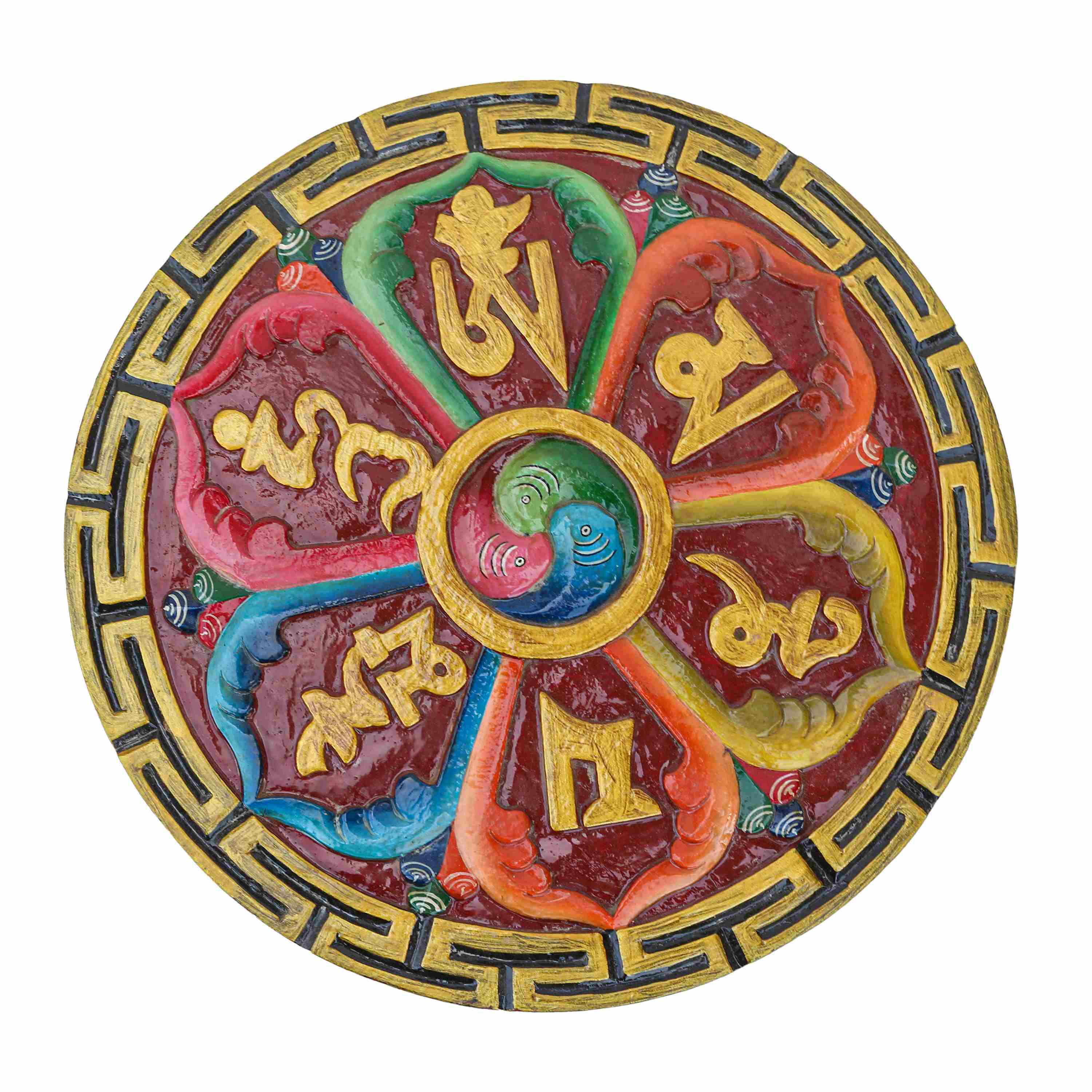 Traditional Tibetan, Wall Hanging
Traditional Tibetan, Wall Hanging  Traditional Tibetan, Wall Hanging
Traditional Tibetan, Wall Hanging 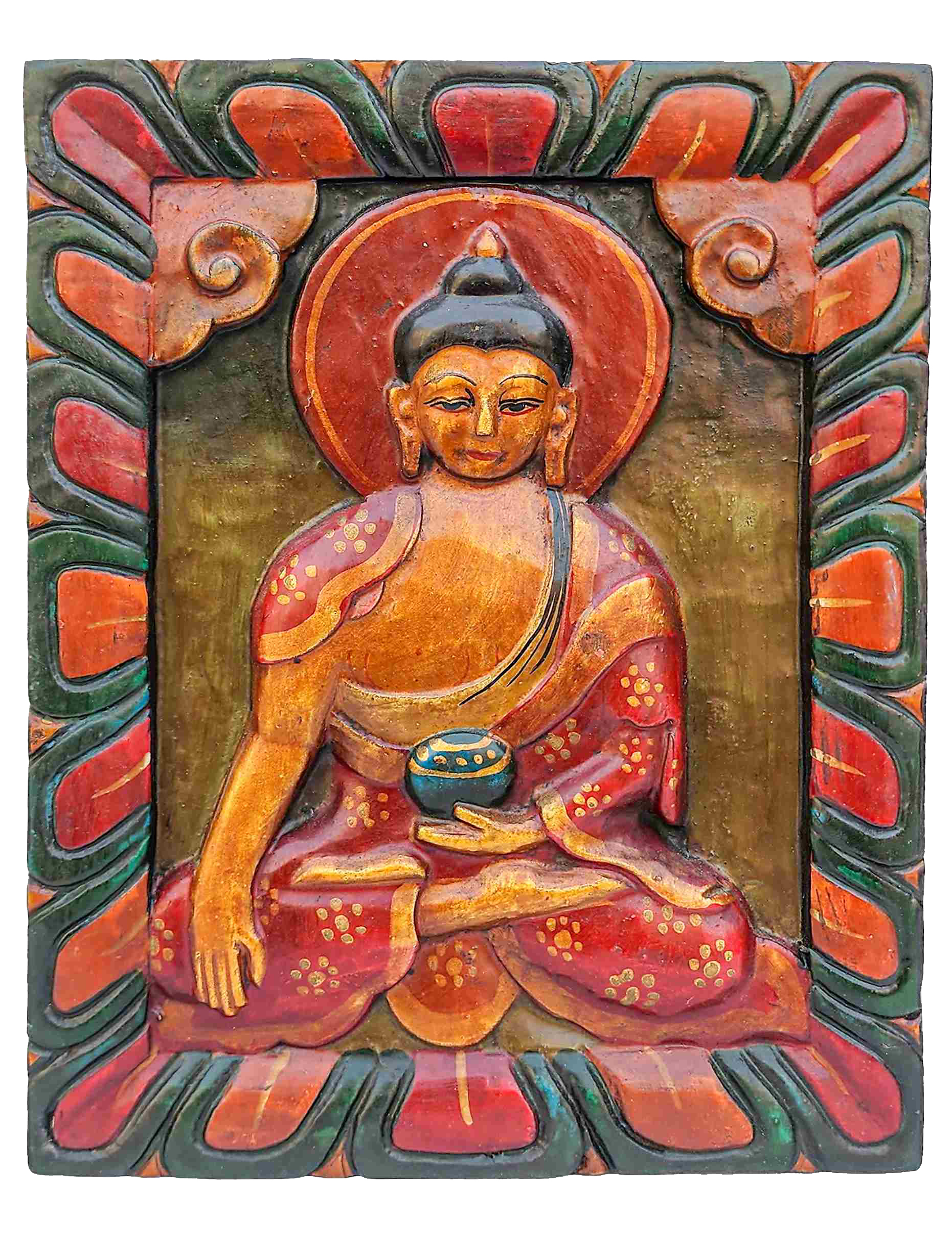 Traditional Tibetan, Shakyamuni Buddha In Frame Design,
Traditional Tibetan, Shakyamuni Buddha In Frame Design, 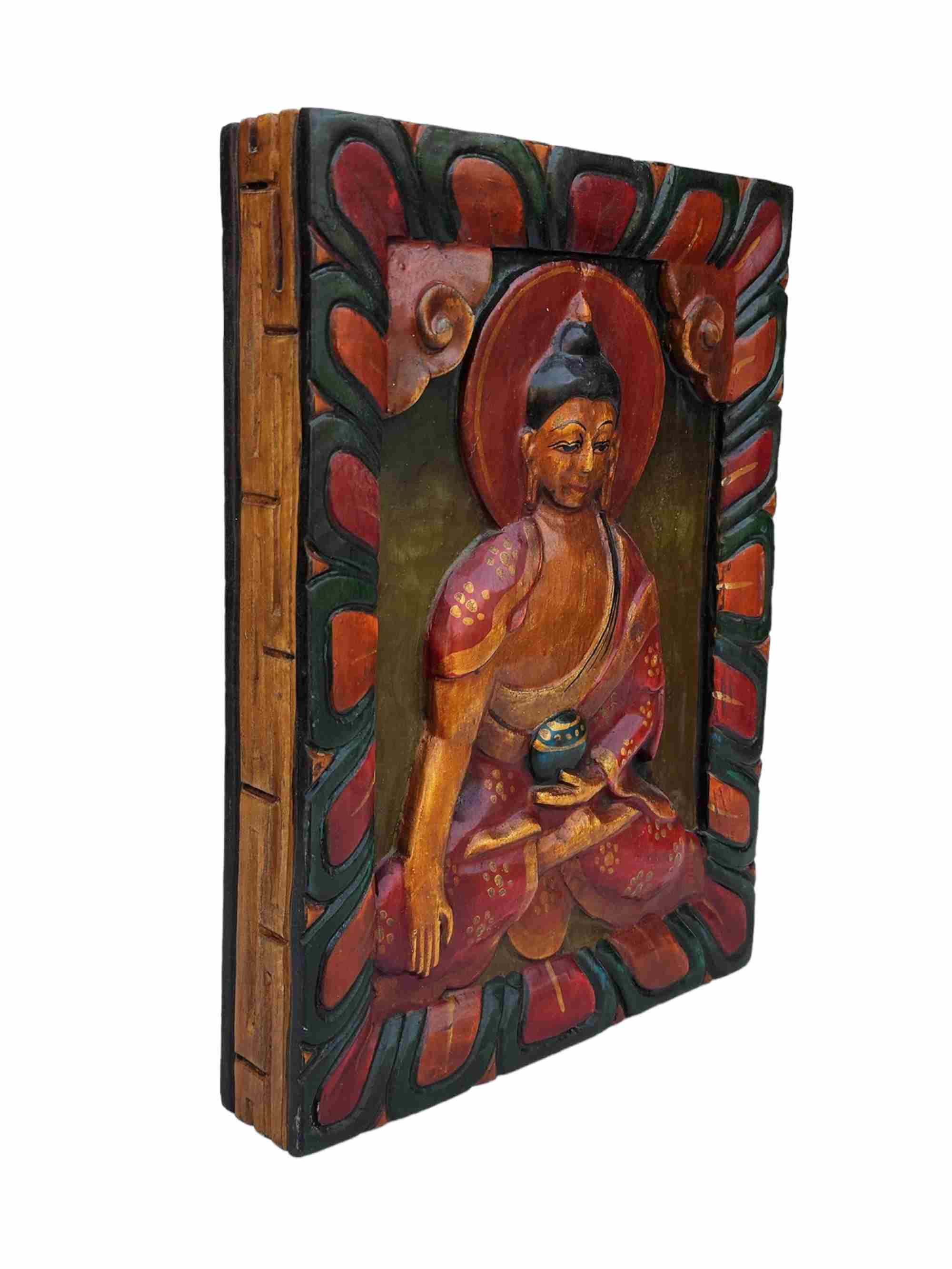 Traditional Tibetan, Shakyamuni Buddha In Frame Design,
Traditional Tibetan, Shakyamuni Buddha In Frame Design,  Yellow, Haldu Wood" title="Wooden Om -painted
Yellow, Haldu Wood" title="Wooden Om -painted 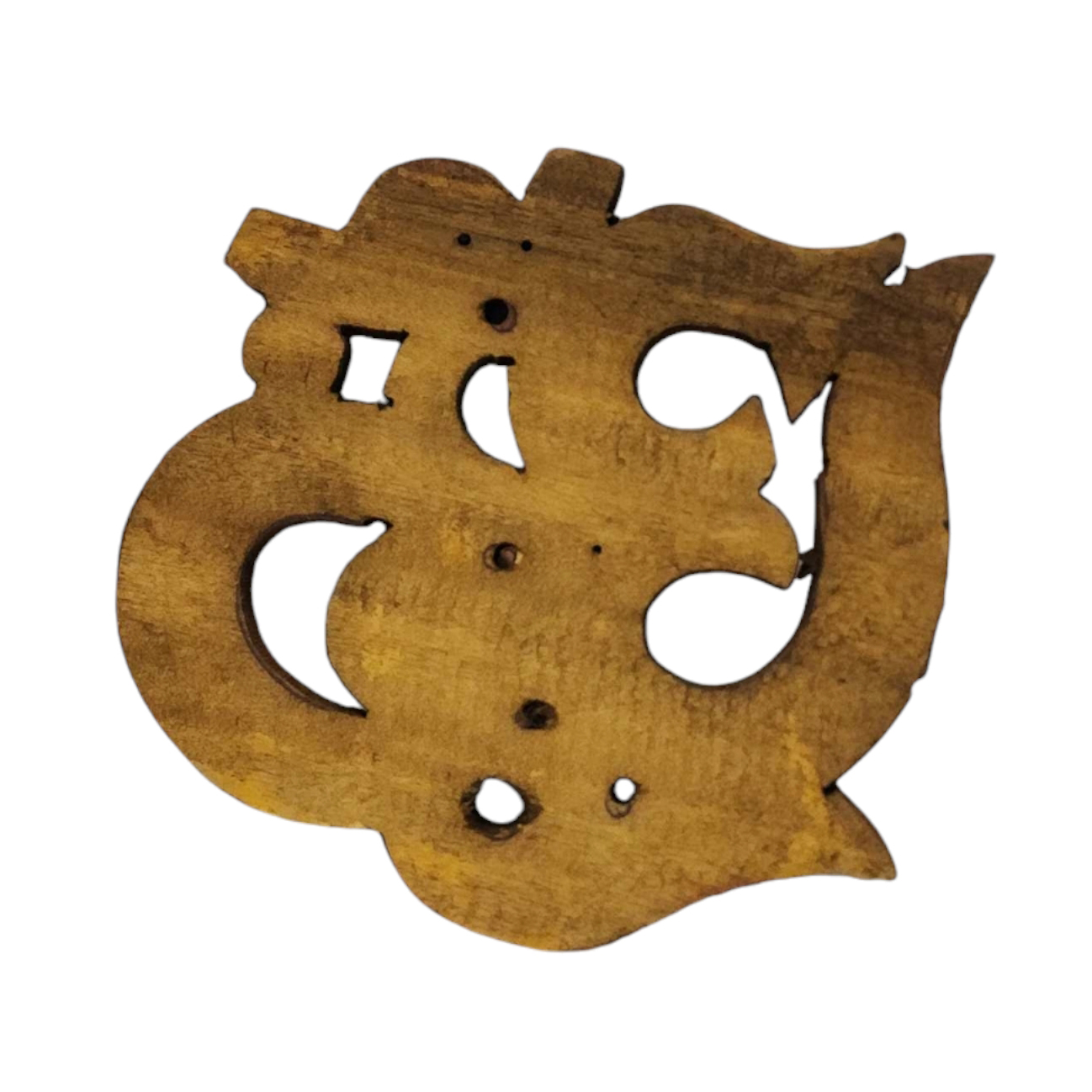 Yellow, Haldu Wood" title="Wooden Om -painted
Yellow, Haldu Wood" title="Wooden Om -painted 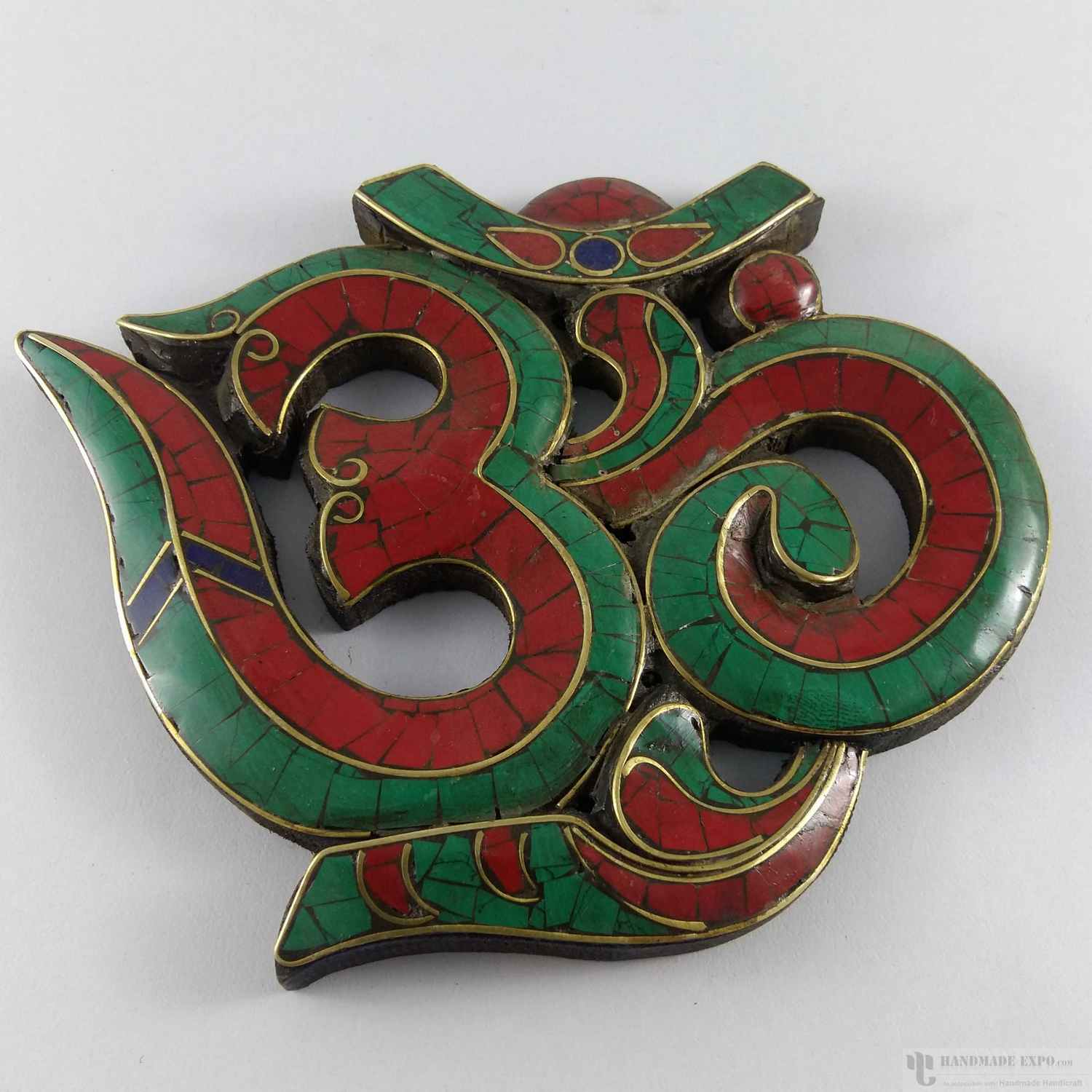 Medium Ganesh Om - Lapis
Medium Ganesh Om - Lapis 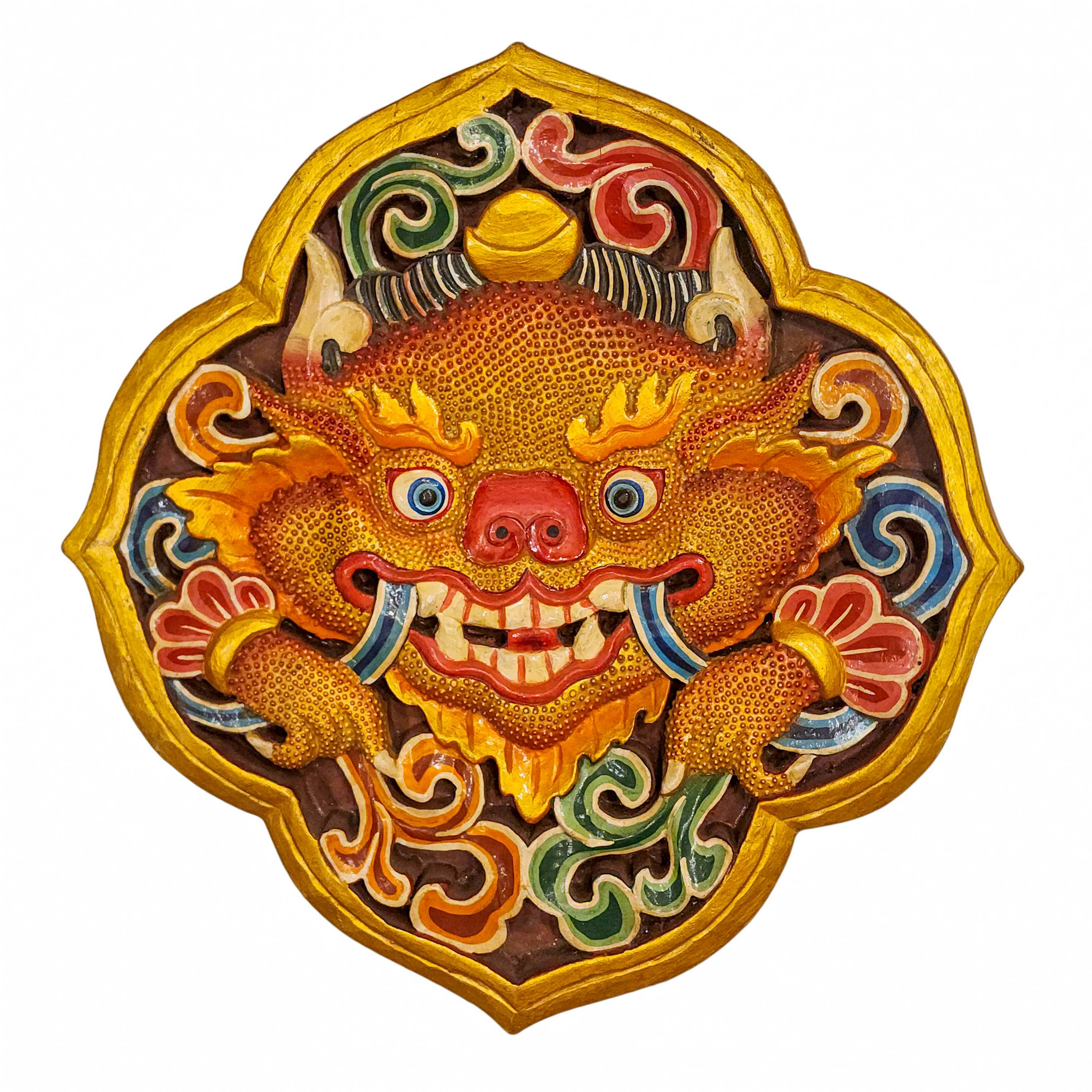 Cheppu, Traditional Tibetan Wall Hanging" title="
Cheppu, Traditional Tibetan Wall Hanging" title=" Cheppu, Traditional Tibetan Wall Hanging" title="
Cheppu, Traditional Tibetan Wall Hanging" title="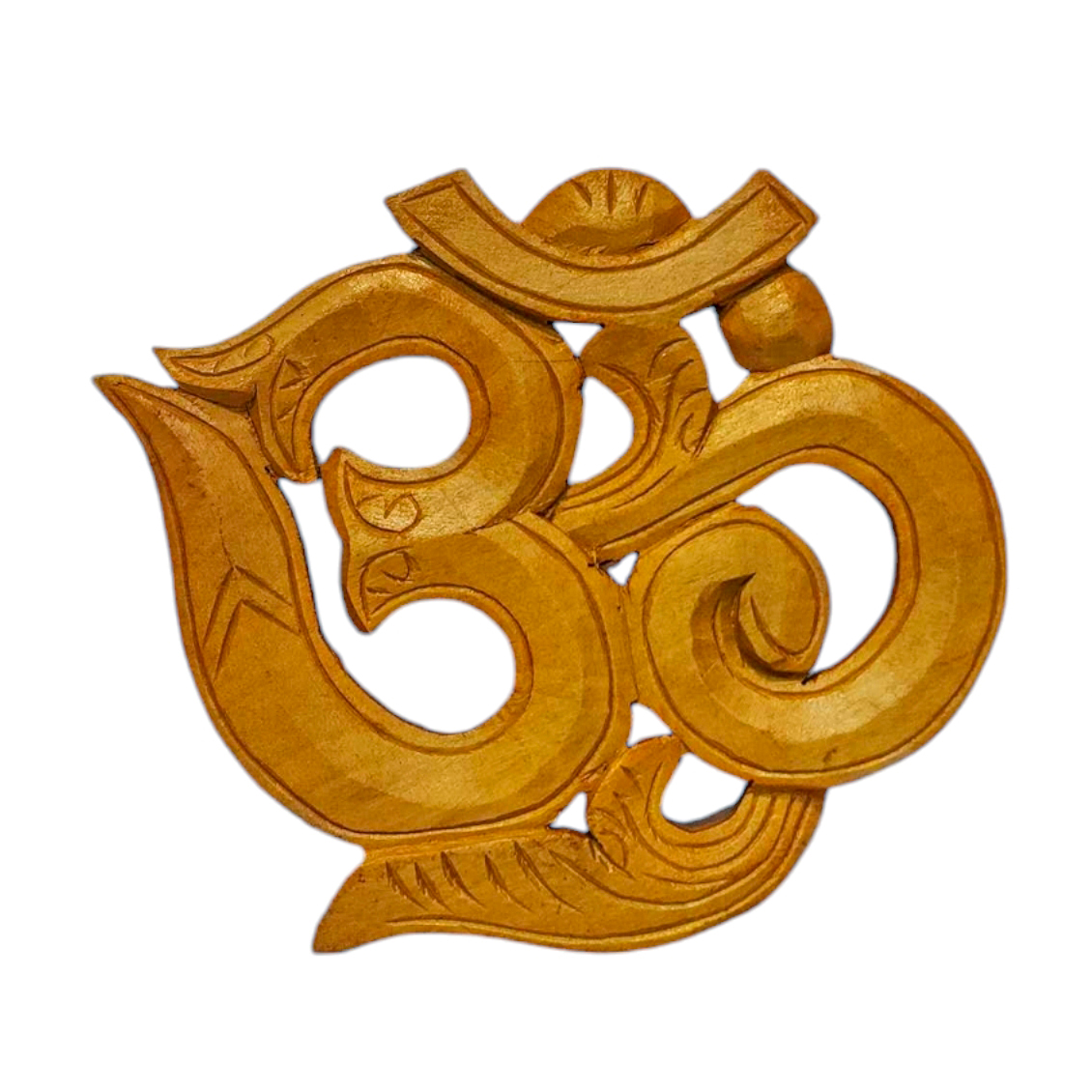 Zzzz, Haldu Wood" title="Wooden Om -painted
Zzzz, Haldu Wood" title="Wooden Om -painted 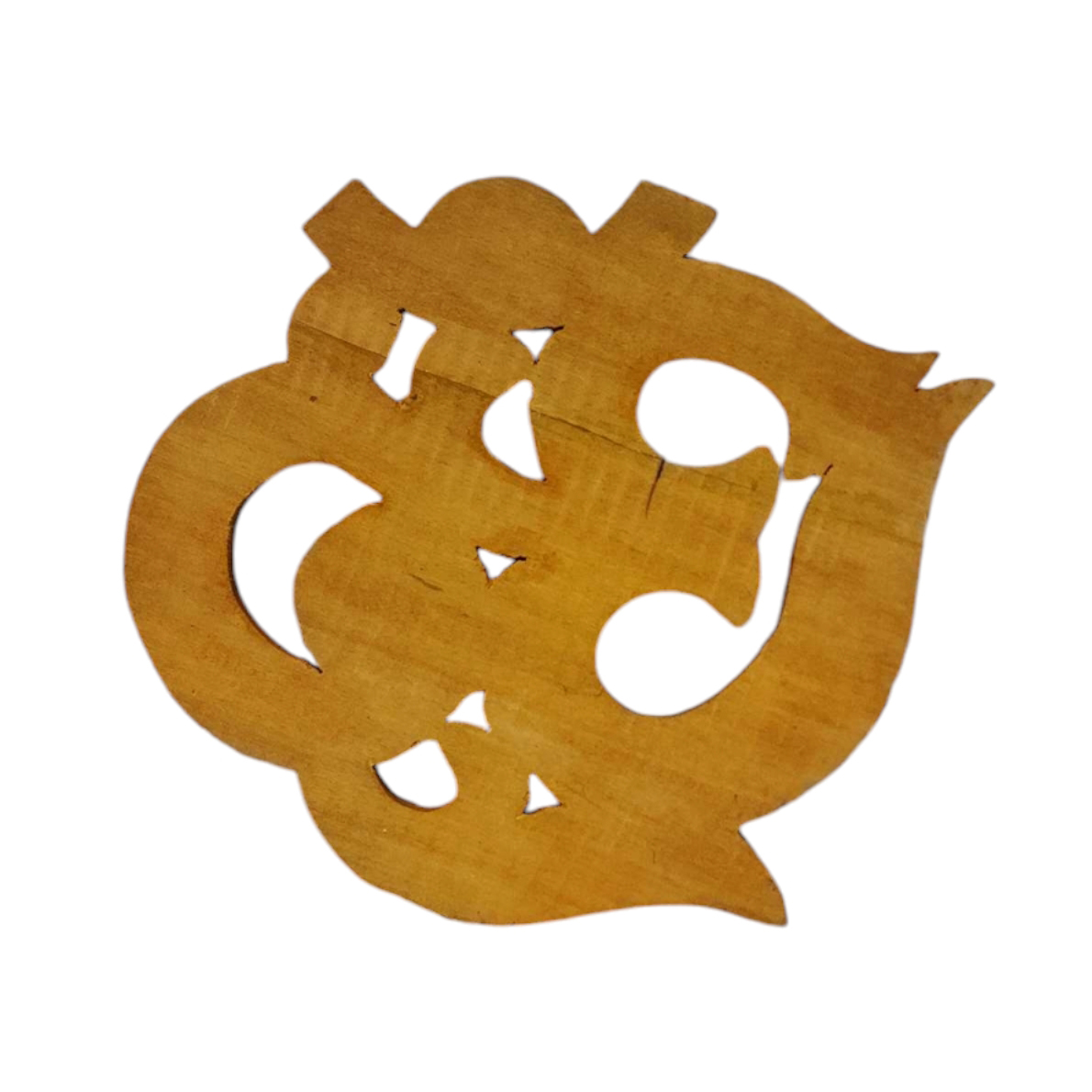 Zzzz, Haldu Wood" title="Wooden Om -painted
Zzzz, Haldu Wood" title="Wooden Om -painted 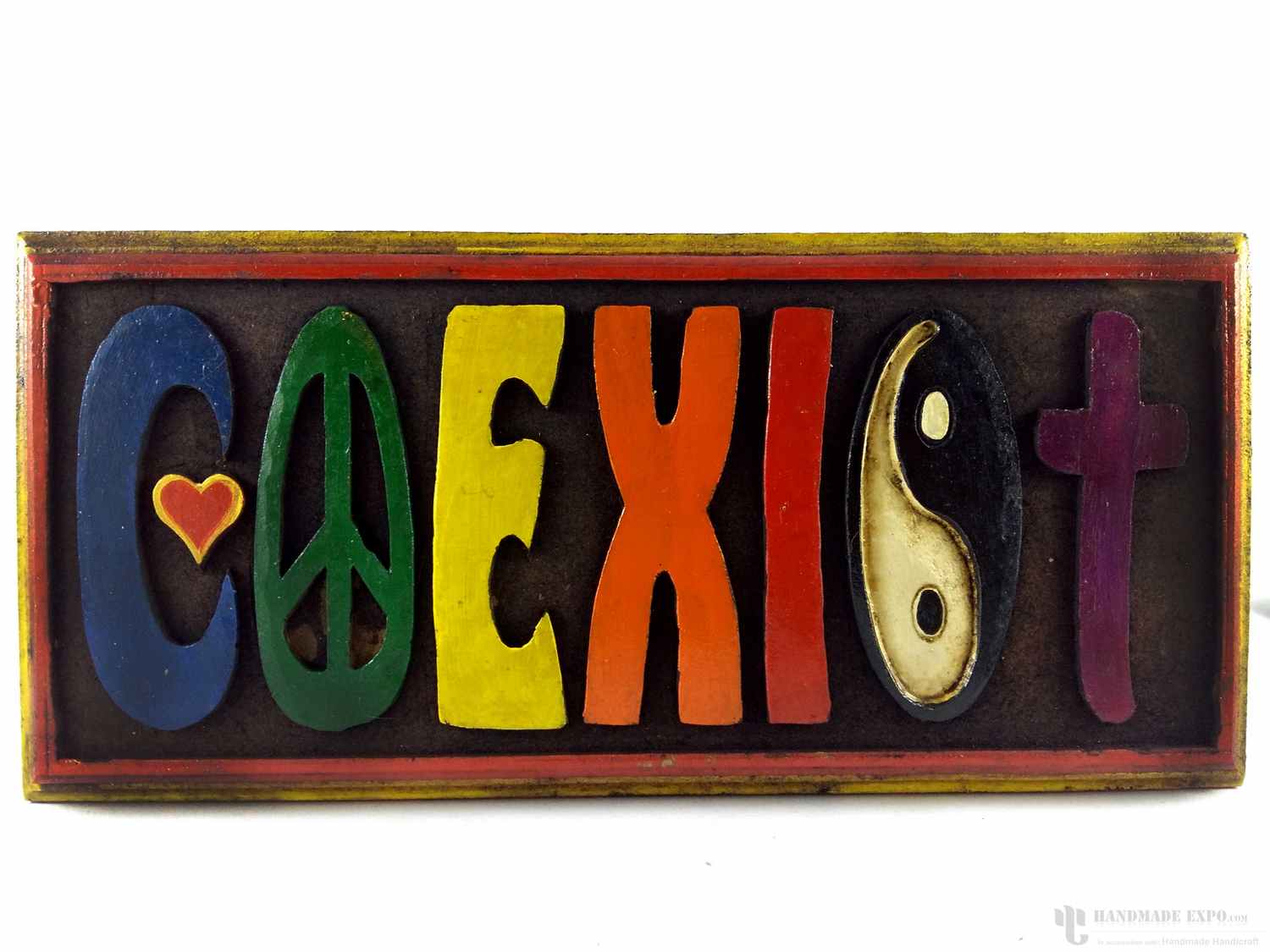 Big Coexist Wall Hanging -
Big Coexist Wall Hanging - 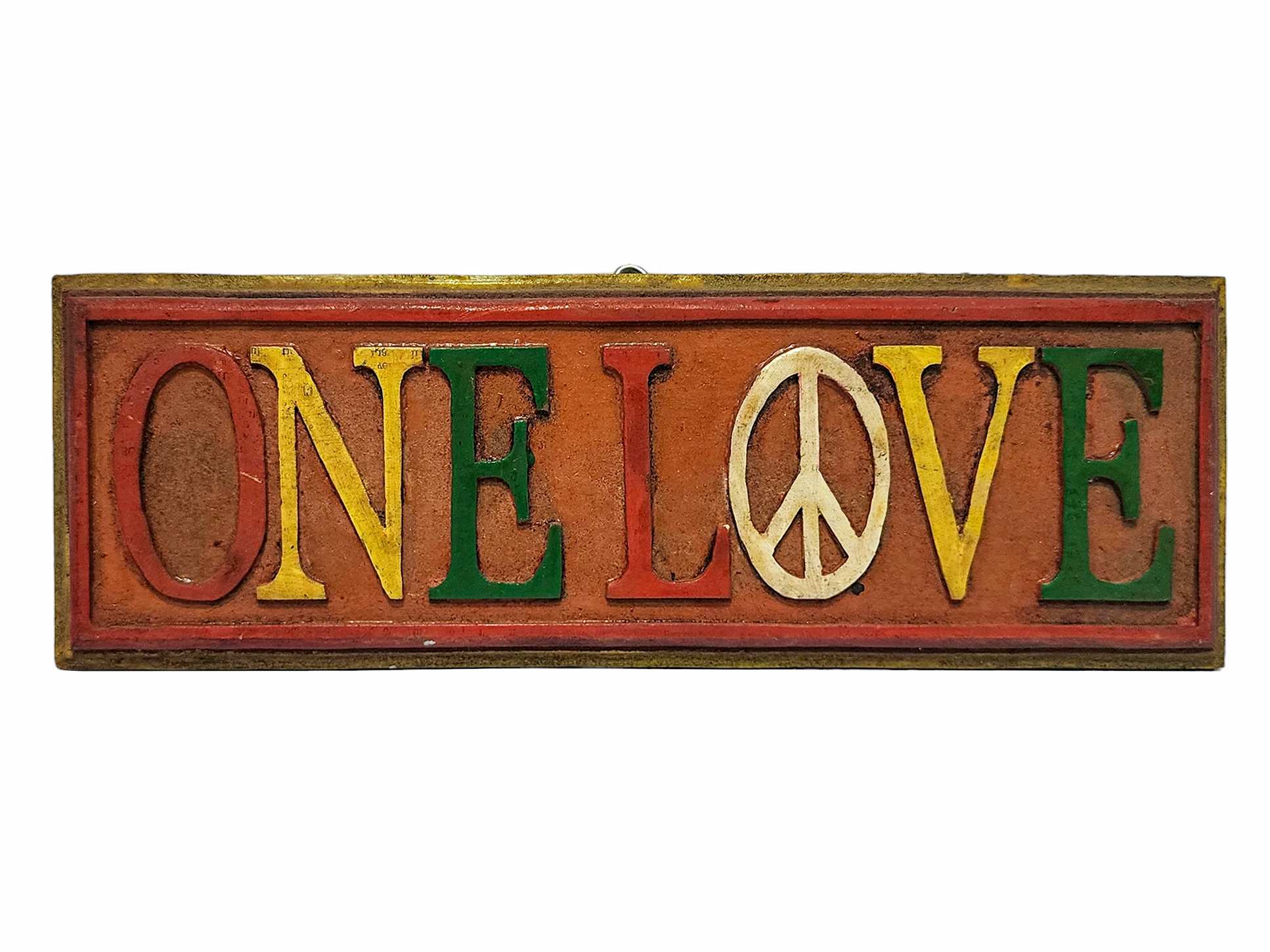 One Love, Handmade Wall Hanging,
One Love, Handmade Wall Hanging, 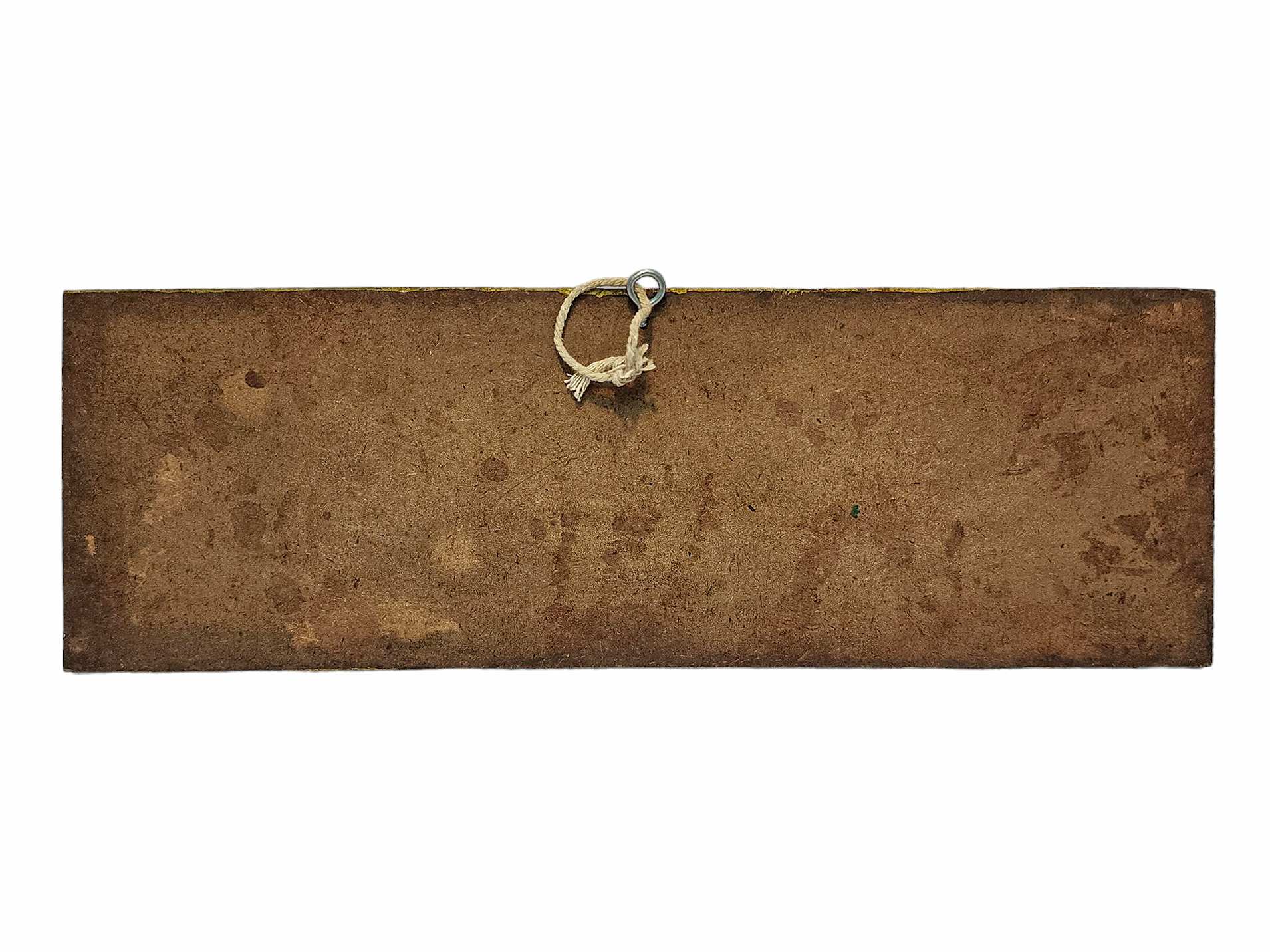 One Love, Handmade Wall Hanging,
One Love, Handmade Wall Hanging, 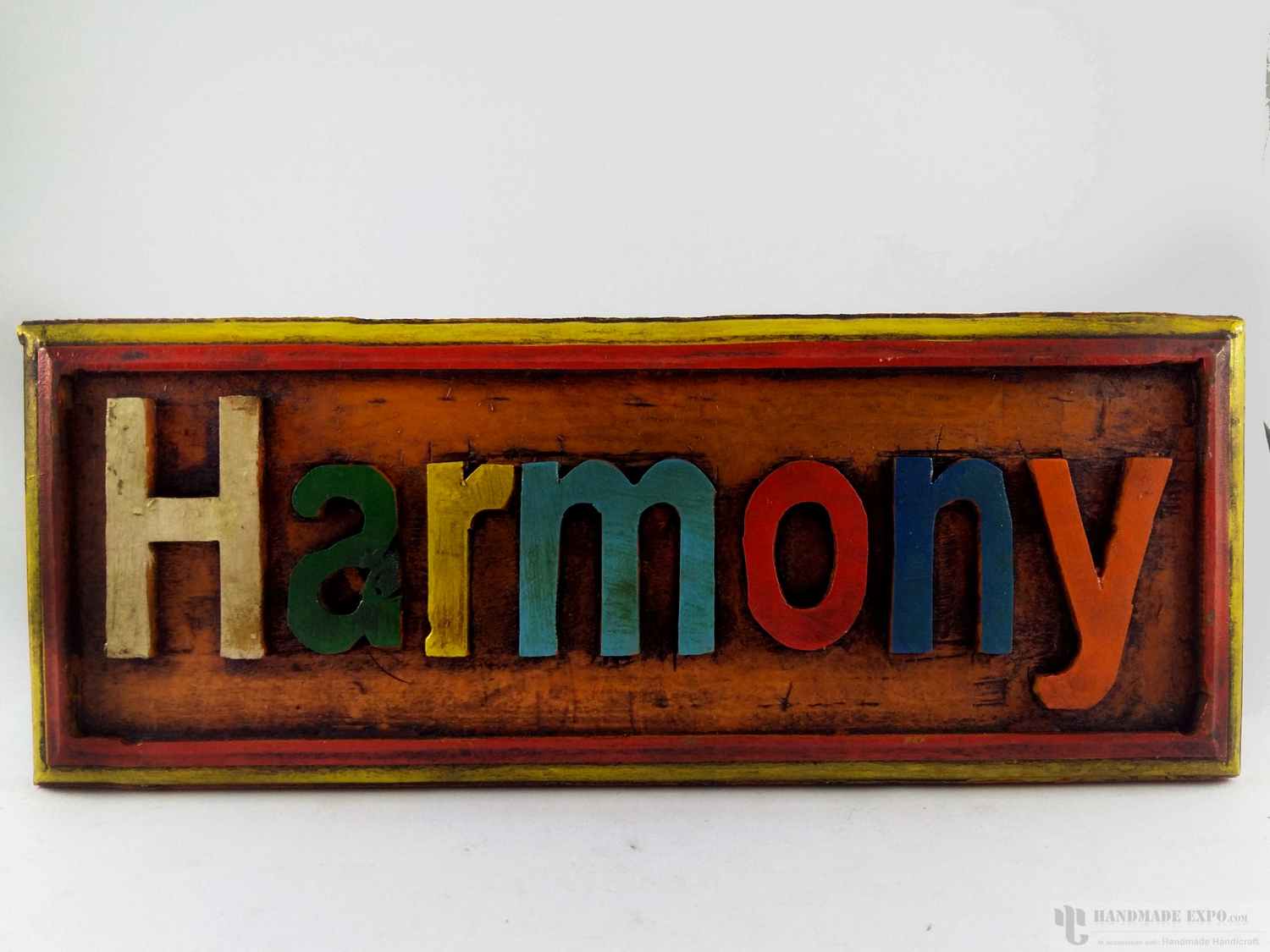 Painted" title="Wooden Harmony Wall Hanging -
Painted" title="Wooden Harmony Wall Hanging - 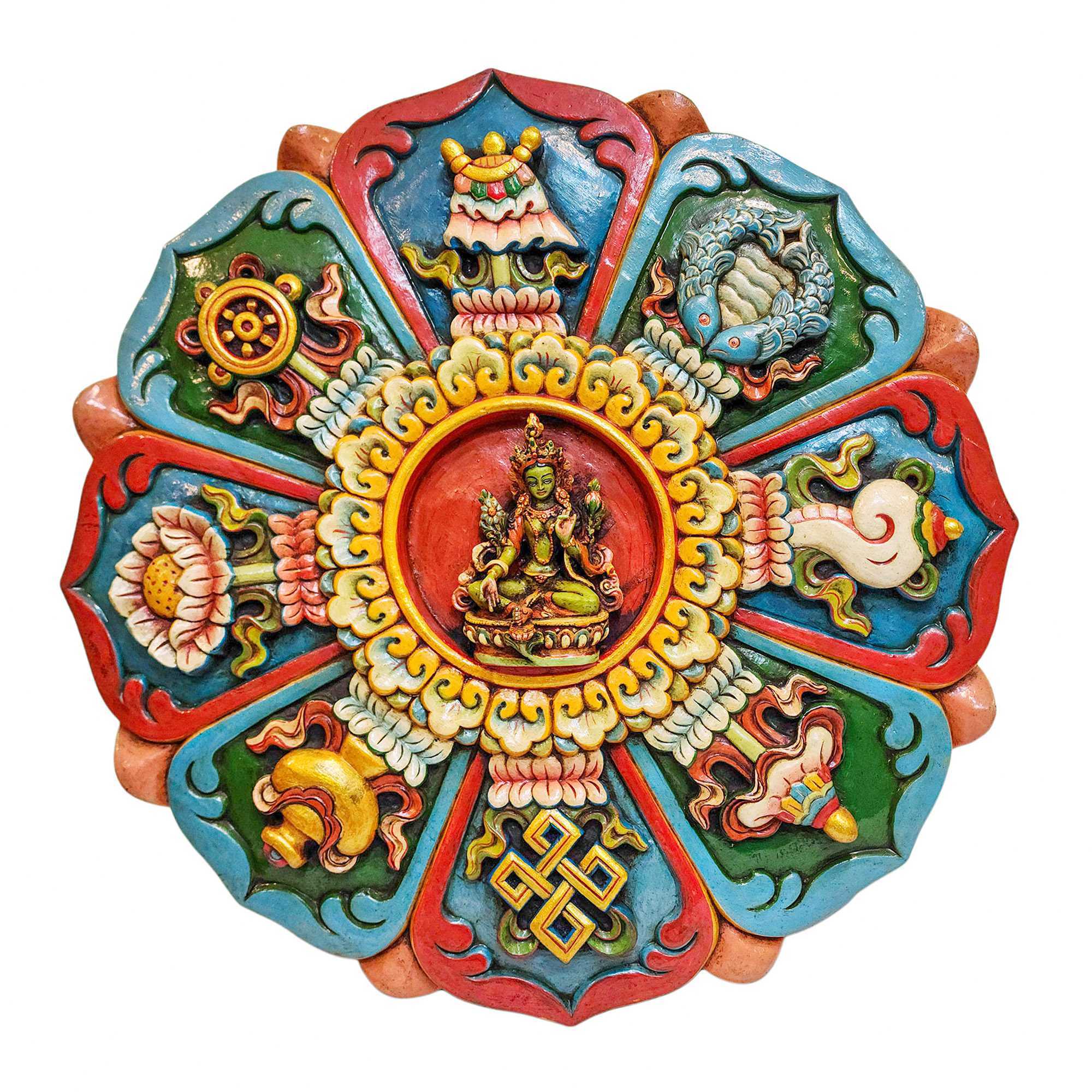 with Ashtamangala
with Ashtamangala 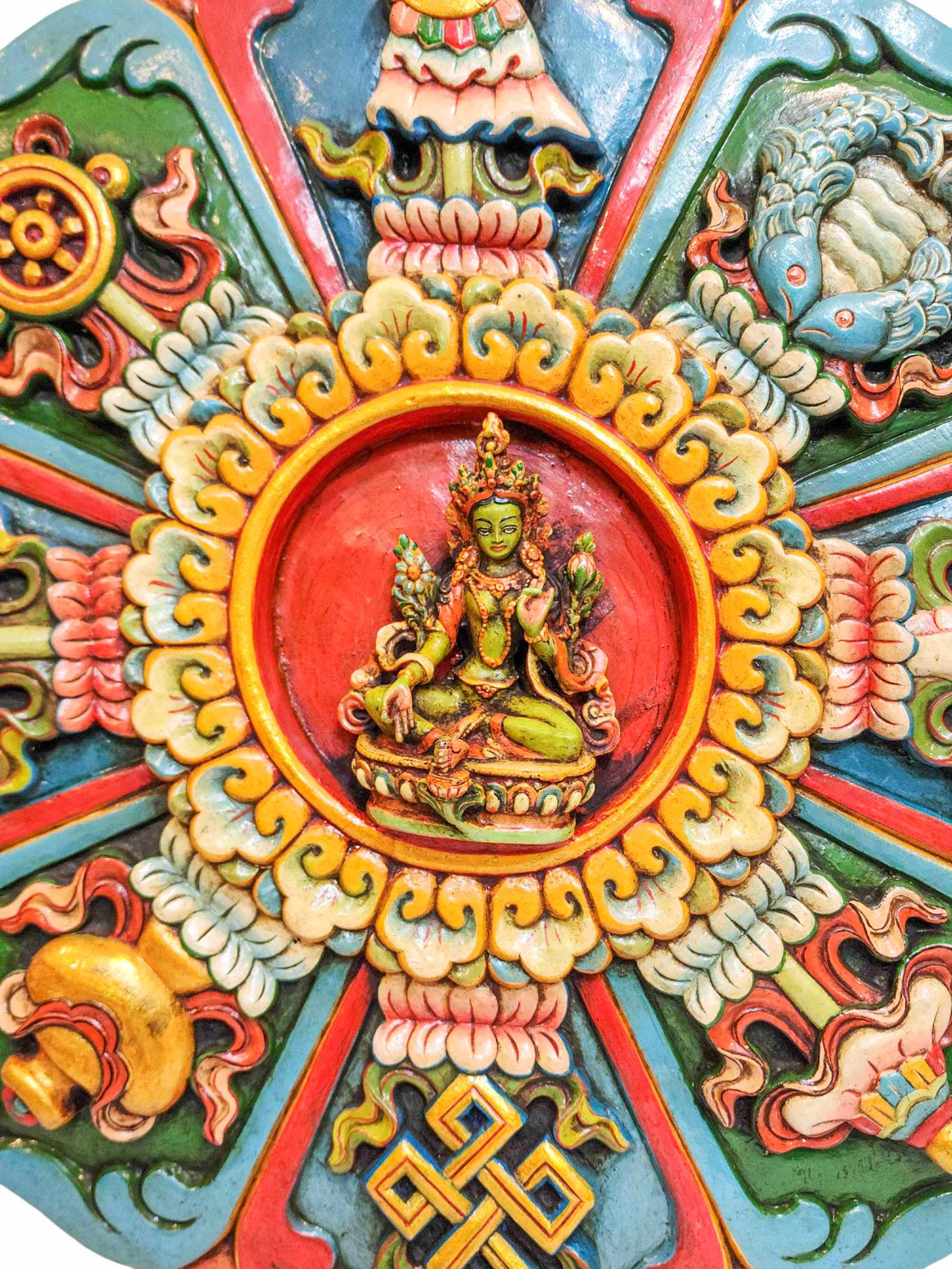 with Ashtamangala
with Ashtamangala